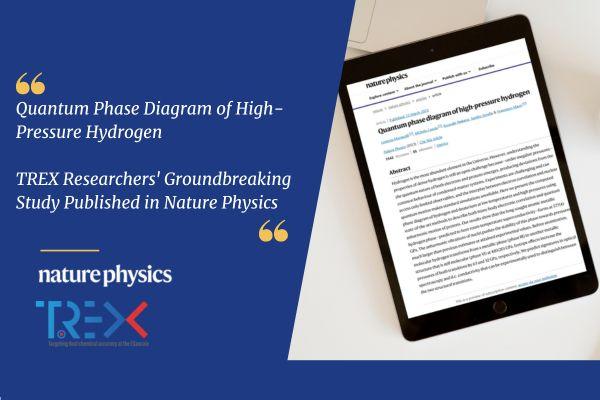
Quantum Phase Diagram of High-Pressure Hydrogen: TREX Researchers' Groundbreaking Study Published in Nature Physics
A team of researchers, consisting of Lorenzo Monacelli, Michele Casula, Kosuke Nakano, and Francesco Mauri, has successfully published a scientific article titled "Quantum Phase Diagram of High-Pressure Hydrogen" in Nature Physics. The work has also been leveraging Sandro Sorella’s research activities over the past years, being one of his posthumous papers he co-authored.
This work is a significant contribution to the field of condensed matter physics. The team utilized cutting-edge computational techniques to provide a comprehensive and accurate quantum phase diagram of high-pressure hydrogen. The research team's study focused at pressures where hydrogen is supposed to become a room-temperature superconductor. This phase transition has been the holy Grail of high-pressure physics and it has been hunted experimentally since many years. The present theoretical work gives some new precious guidelines on the pressure region where this state should be looked for experimentally. The state-of-the-art approach used in this work, which treats both electrons and nuclei as quantum particles, predicts this transition to take place at around 570 GPa, a pressure way larger than the one inside Earth's inner core, and significantly higher than what expected before.
The accurate boundaries determination of such a rich phase diagram is an important achievement obtained by the team, because hydrogen unique characteristics make it a fundamental state of matter in various scientific disciplines, including condensed matter physics, planetary science, and astrophysics. Understanding elemental hydrogen could also shed light on the search for a room temperature superconductor at low or moderate pressures, by exploiting the hydrogen chemistry, such as in the superhydrides. This would lead to a potential breakthrough not only in science but also in technology, for its applications to energy saving, transport, and medical devices, to cite a few.
This Nature Physics publication highlights the vital role that theoretical physics and computational methods play together in advancing scientific understanding. The article's success is a testament to the team's dedication and expertise, as well as the fundamental contribution that TREX project has been able to produce in such a research. Indeed, the computational experience that the team gained in the context of the TREX project, and especially the QMC methods developed and optimized within TREX, were crucial to lead to the highest levels of accuracy and predictability. TREX contribution was also key with regards to the efficient computational tools made available: TurboRVB, one of the TREX flagship codes, has been used in order to perform large scale calculations needed to resolve the tiny energy differences separating hydrogen phases.
The article can be found at the following link: https://www.nature.com/articles/s41567-023-01960-5


